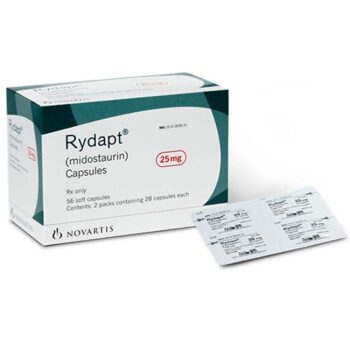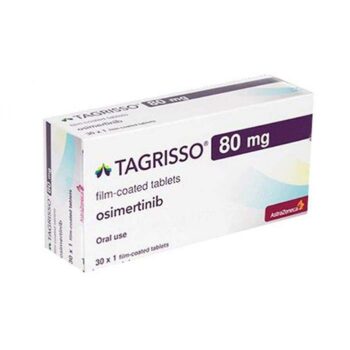Introduction
Odomzo, also known by its generic name Sonidegib, is a remarkable medication that has ushered in new hope for individuals grappling with the challenges of Advanced Basal Cell Carcinoma (BCC), a type of skin cancer that can be both disfiguring and debilitating. This description provides a comprehensive overview of the history, mechanism of action, therapeutic uses, administration, side effects, and ongoing research related to Odomzo.
I. History of Odomzo
The development and approval of Odomzo represent a significant stride in the treatment of Advanced Basal Cell Carcinoma. It received its first FDA approval in July 2015, offering an alternative to surgery or radiation for patients who may not be suitable candidates for these treatments. Odomzo was developed by Novartis.
II. Mechanism of Action
Odomzo belongs to a class of medications known as Hedgehog pathway inhibitors. Its mechanism of action revolves around inhibiting the Hedgehog signaling pathway, which plays a vital role in the development and maintenance of various tissues, including the skin. Dysregulation of this pathway can lead to the development of BCC. Odomzo blocks this aberrant signaling, thereby slowing down the growth and spread of BCC.
III. Therapeutic Uses
- Advanced Basal Cell Carcinoma: Odomzo is primarily indicated for the treatment of locally advanced BCC that has recurred following surgery or radiation therapy, or for patients who are not candidates for these treatments. It provides a non-surgical option for controlling the progression of the disease.
IV. Administration and Dosage
Odomzo is available in the form of oral capsules, making it a convenient treatment option for patients. The dosage and administration schedule are determined by the treating healthcare provider and may vary based on individual patient factors. Patients should adhere to their provider’s instructions and take Odomzo as prescribed.
V. Side Effects
Like any medication, Odomzo can cause side effects, which may vary among individuals. Common side effects may include:
- Muscle spasms
- Hair loss (alopecia)
- Taste changes
- Fatigue
- Nausea
- Decreased weight
More serious side effects, while less common, can include:
- Muscle problems
- Increased blood creatine phosphokinase levels (a marker of muscle damage)
- Elevated liver enzyme levels
Patients should report any unusual or severe side effects promptly to their healthcare provider. Regular monitoring of liver function may be recommended during treatment.
VI. Ongoing Research and Future Directions
Odomzo has provided an important non-surgical option for patients with Advanced Basal Cell Carcinoma. Ongoing research aims to further refine its use and explore its potential in other settings. Key areas of research include:
- Combination Therapies: Investigating the benefits of combining Odomzo with other treatment modalities, such as immunotherapies or radiation therapy, to enhance its effectiveness.
- Early-Stage Disease: Assessing the use of Odomzo in the early stages of BCC to potentially prevent disease progression and avoid extensive surgical procedures.
- Long-Term Safety and Efficacy: Continued monitoring of patients to evaluate the long-term safety and effectiveness of Odomzo therapy.
- Patient Selection: Identifying the most suitable candidates for Odomzo treatment based on tumor characteristics and genetic factors.
VII. Conclusion
Odomzo, or Sonidegib, represents a significant advancement in the treatment of Advanced Basal Cell Carcinoma, offering a non-surgical option for patients who may not have had viable alternatives. Its targeted approach to inhibiting the Hedgehog pathway has improved the quality of life for many individuals facing this challenging cancer. As research continues to explore innovative combinations, early intervention strategies, and personalized approaches, Odomzo remains a shining beacon of hope in the fight against Advanced Basal Cell Carcinoma, promising a brighter future for those affected by this condition.











Reviews
There are no reviews yet.